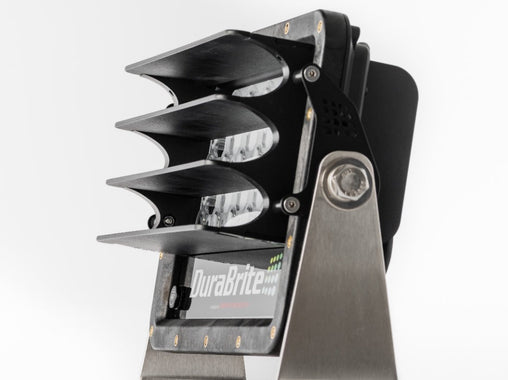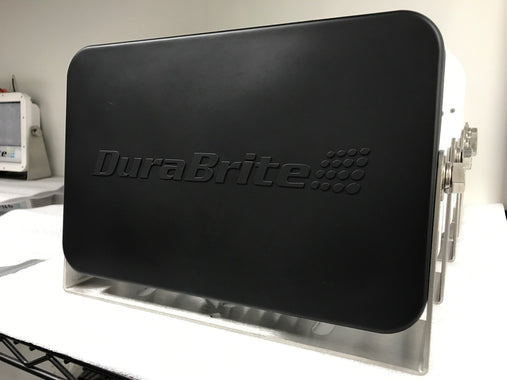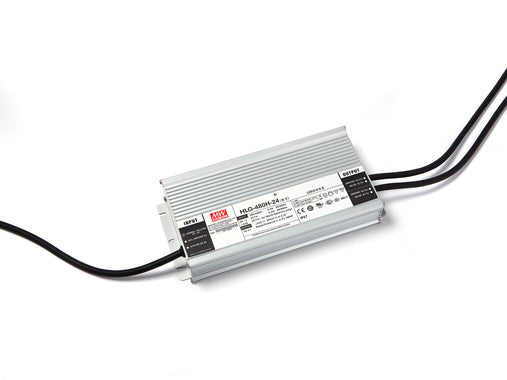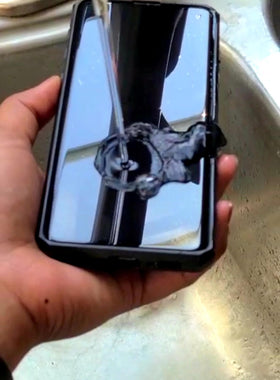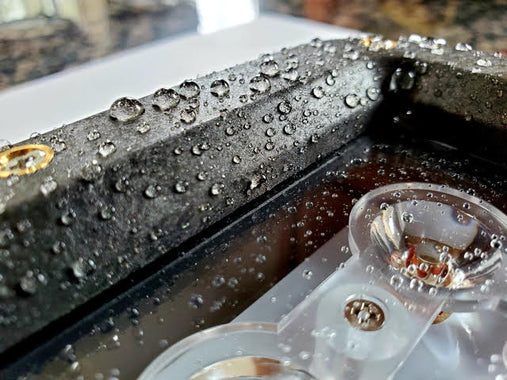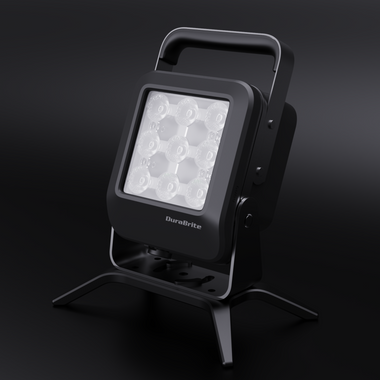UNDERSTANDING TUNA BEHAVIOR AND LIGHT ATTRACTION
The Science of Light Attraction
/ 01In the open ocean, light creates a cascading effect that will ultimately help you land that trophy tuna. Understanding this biological chain reaction gives DuraBrite customers an unfair advantage on the water.
Read moreYou've invested tens of thousands in your boat, tackle, and electronics — yet you're still waiting for daylight to start serious fishing. Meanwhile, the boats with proper lighting are already on their second or third hookup of the morning. The most aggressive tuna feeding typically occurs in the 90 minutes before sunrise. Without specialized lighting, you're missing:
- The ability to drive at 20 knots and to spot and avoid hazards like lobster traps that can destroy your motor
- Critical early positioning on the most productive fishing grounds before your competitors arrive
- Prime-time feeding frenzies on bait balls when tuna are most aggressive
- Clear visibility of your fluorocarbon leaders during fights
Our customers report an average 40% increase in successful hookups after installing DuraBrite tuna fishing systems, with many landing their personal-best fish during those pre-dawn hours that were previously unfishable.
Tuna Species and Light Response
/ 02Different tuna species exhibit distinct behavior patterns around illuminated areas:
Read moreBluefin Tuna: These apex predators typically circle the outer edges of illuminated zones, making calculated attacks into bait concentrations. Their feeding becomes most aggressive just before sunrise—precisely when proper lighting gives you a 2.5-hour advantage over non-illuminated boats.
Yellowfin Tuna: More likely to move directly into illuminated areas, yellowfin often feed aggressively in the upper water column when attracted by light. Their reflective sides become visible in properly illuminated water, allowing for precise targeting.
Blackfin Tuna: These smaller, more numerous tuna are highly reactive to blue and green wavelengths. They typically arrive first, with their feeding activity often attracting larger tuna species.
The Food Chain: Light to Tuna
/ 03When properly engineered light penetrates the water column
Read moreit triggers an immediate response:
- Plankton Attraction: Microscopic organisms instinctively move toward light sources
- Baitfish Concentration: Smaller fish gather to feed on the concentrated plankton
- Predator Response: Tuna detect this bait concentration and move in to feed
This ecological cascade creates a natural feeding zone that draws in trophy fish from surrounding areas, effectively extending your fishing time and increasing your chances of success.
Expert Insights on Tuna Behavior
/ 04"I've installed lighting systems on over 200 sportfishing vessels, and I've never seen anything that changes the game like properly positioned DuraBrite lights.
Read moreThey essentially create a floating ecosystem around your boat that draws tuna in like a magnet." — Captain Mike Hanson, 25-year veteran charter captain
Our network of marine biologists and experienced captains have spent thousands of hours studying how different tuna species respond to various light conditions. This research has led to the development of specialized lighting configurations optimized for specific species and fishing scenarios.
Tournament winners consistently report that the ability to effectively fish during pre-dawn and low-light conditions gives them a significant competitive advantage, often making the difference between winning and losing.

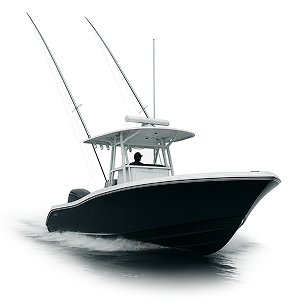
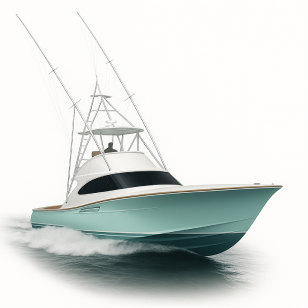

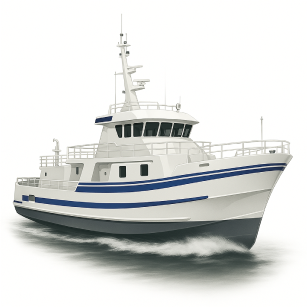

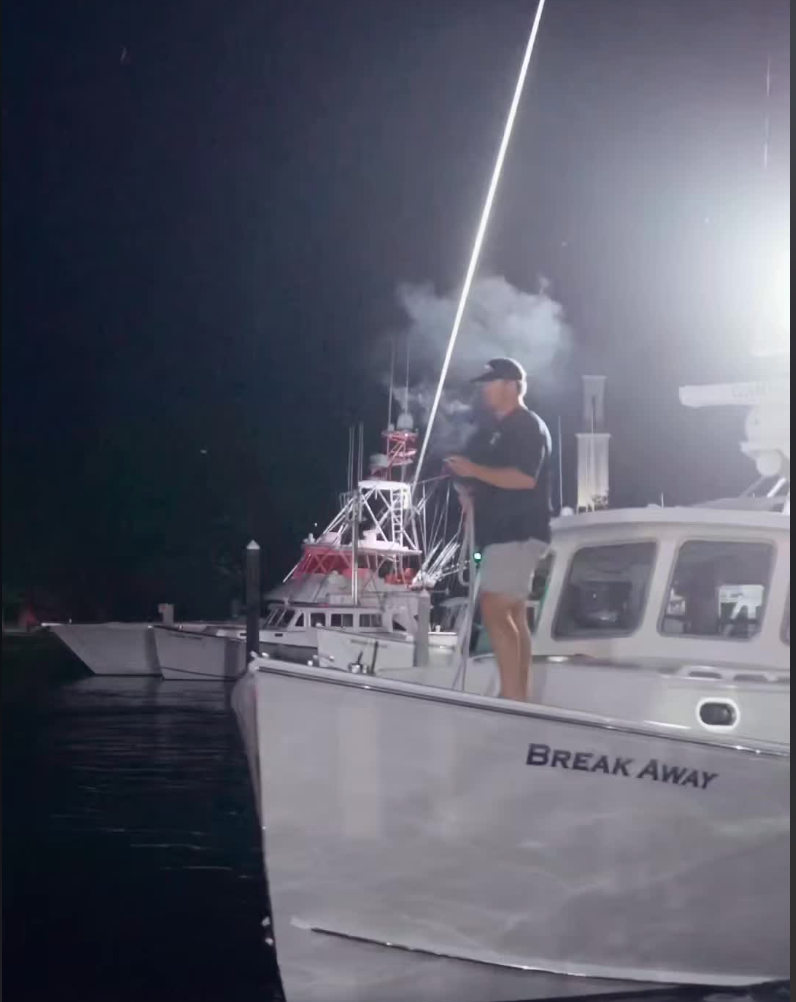

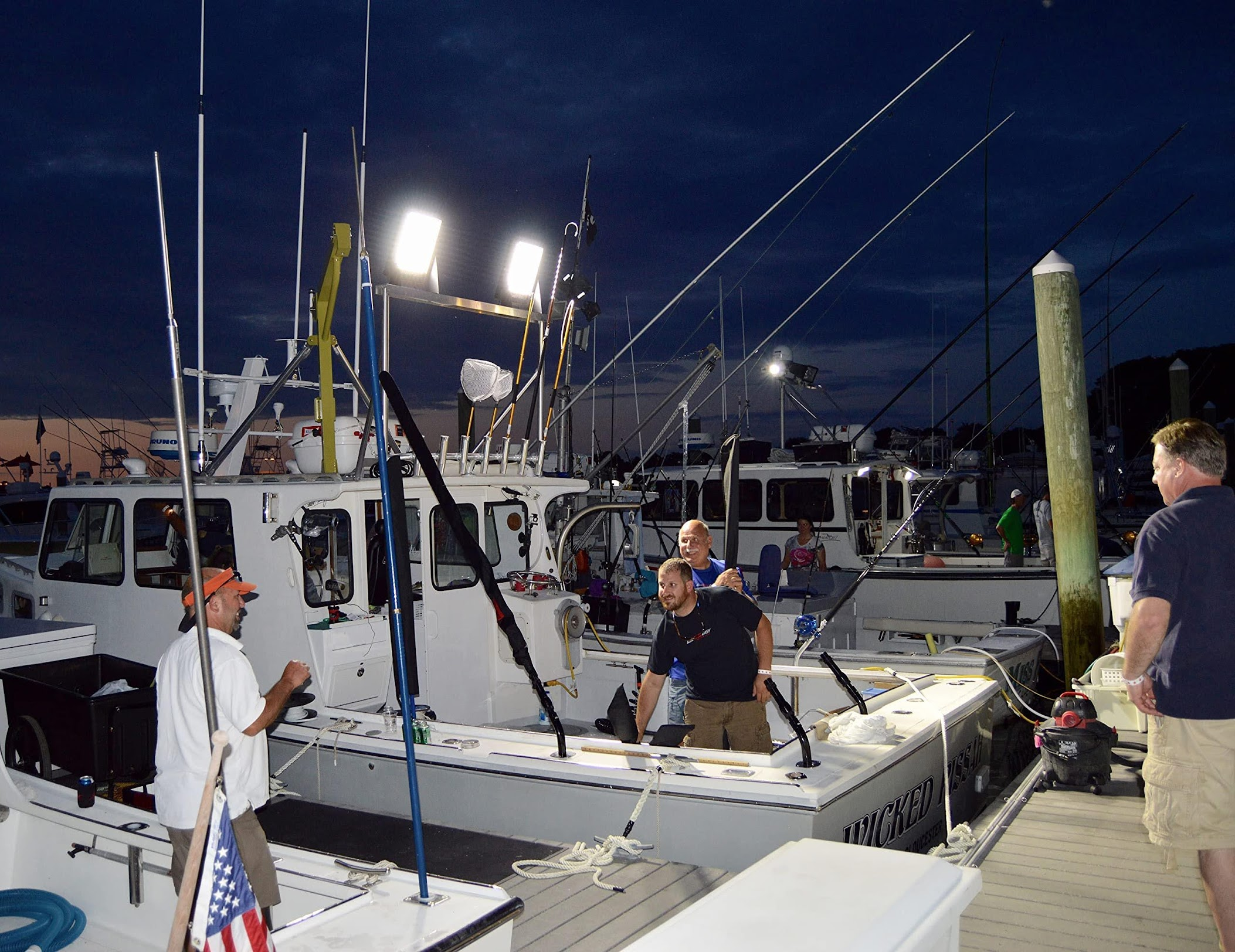
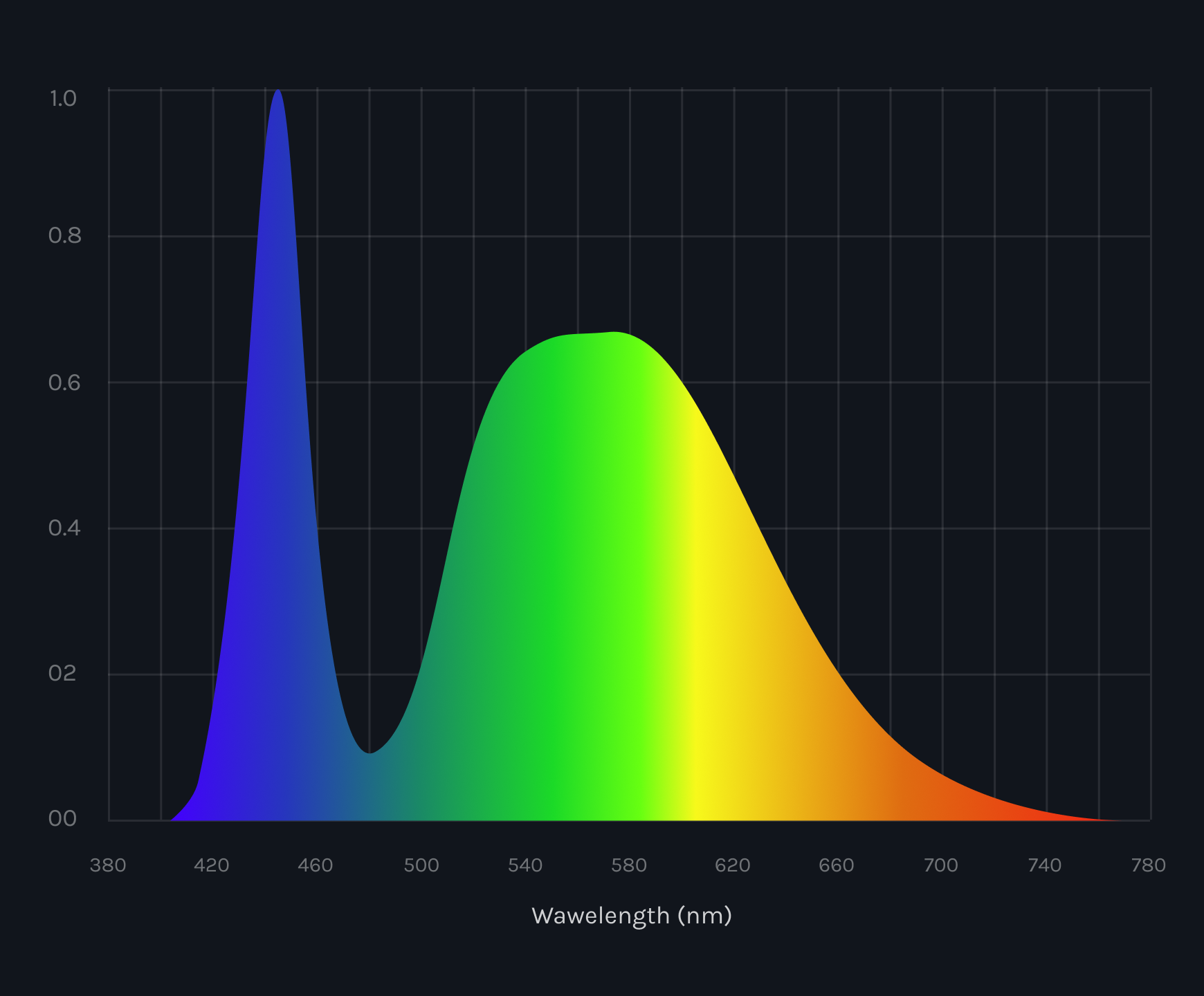
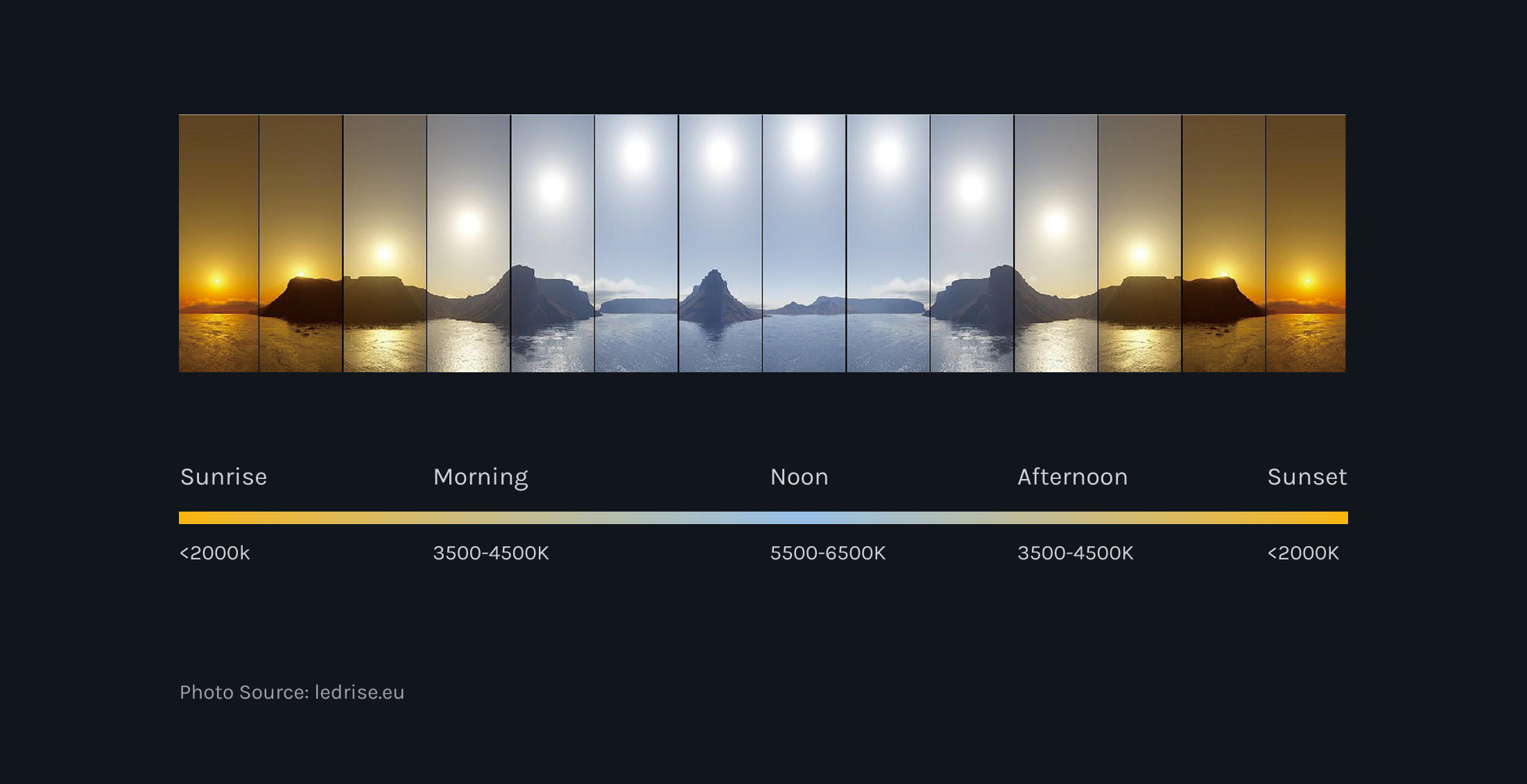
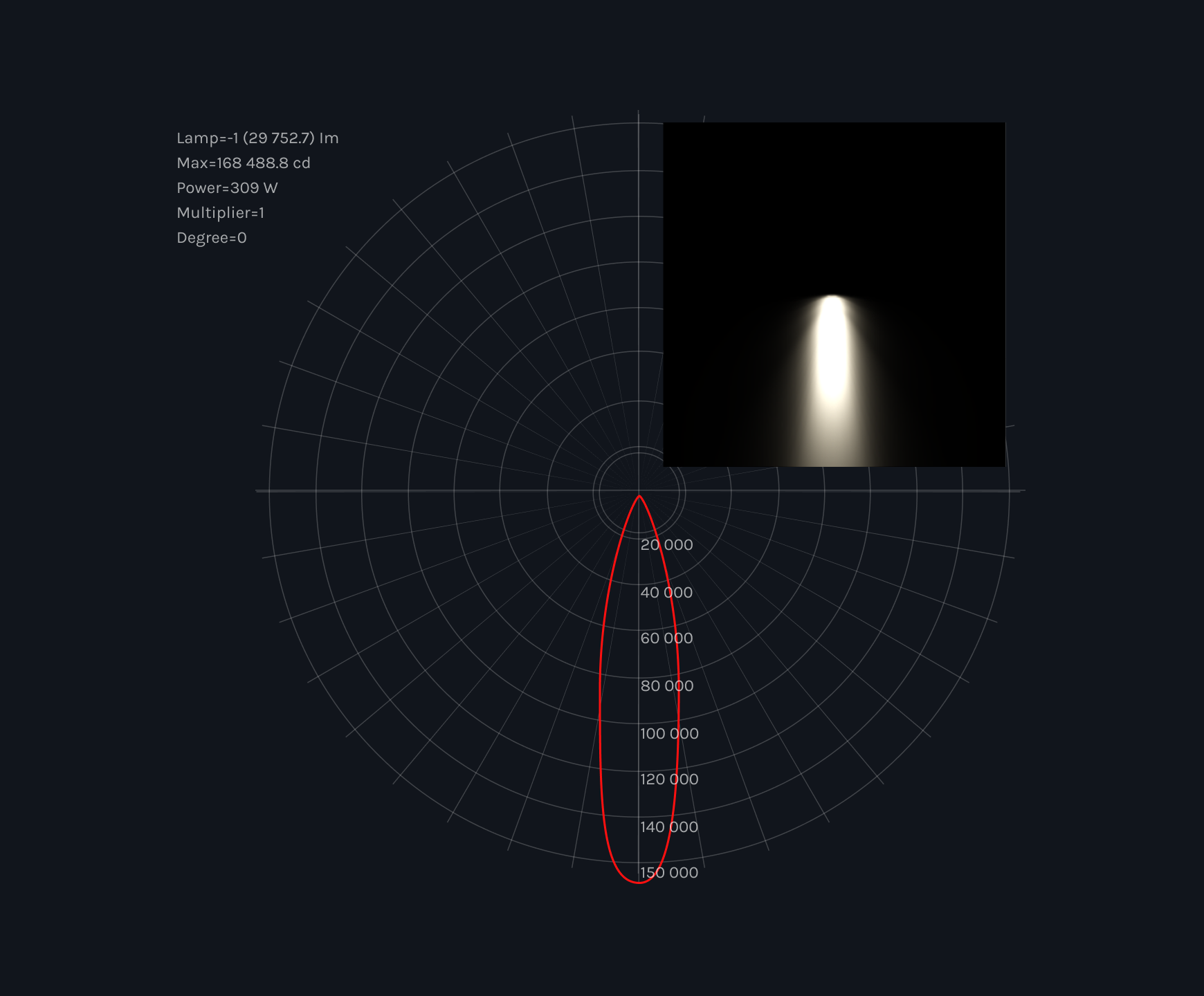
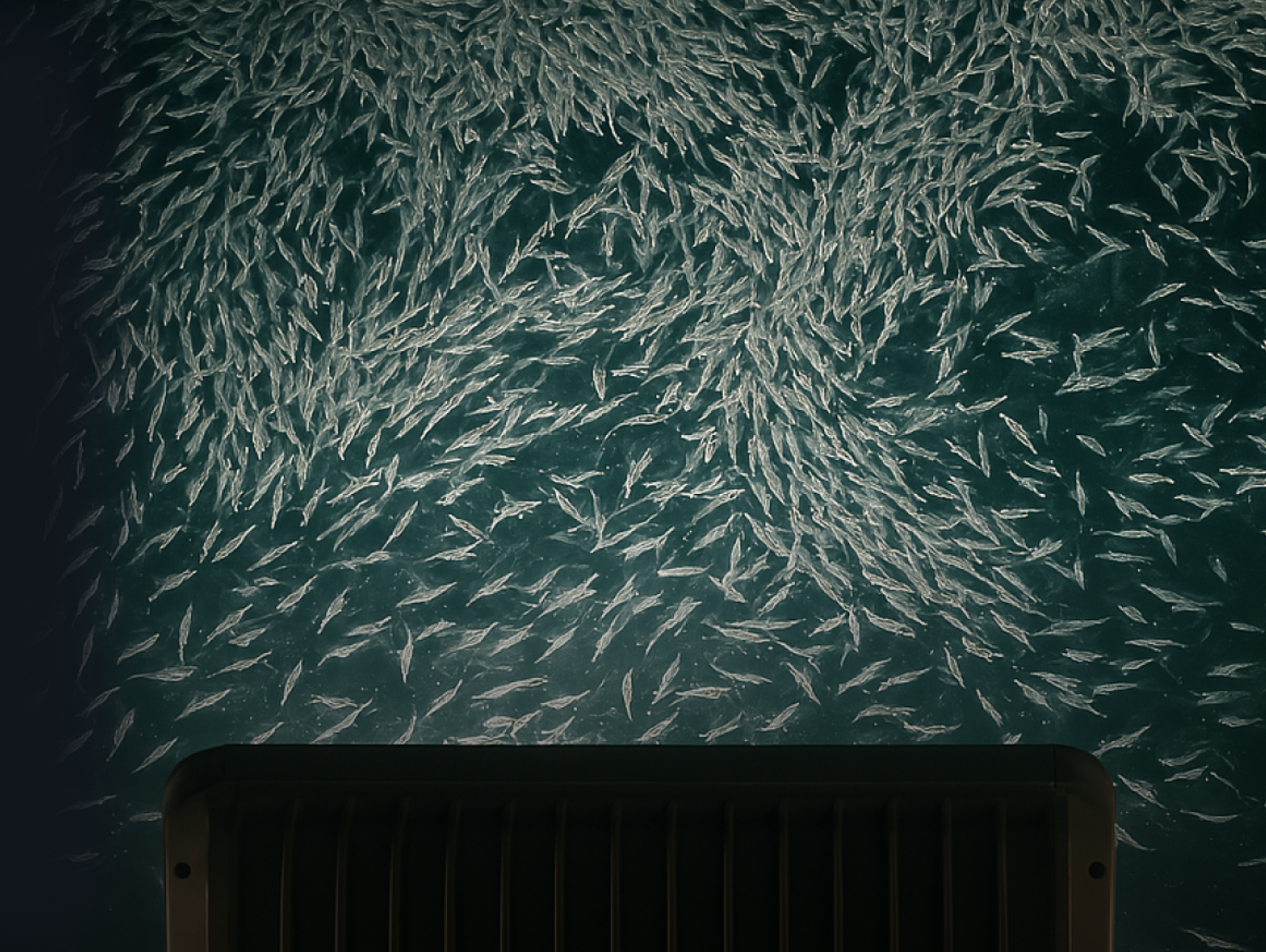
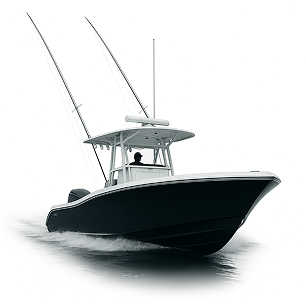
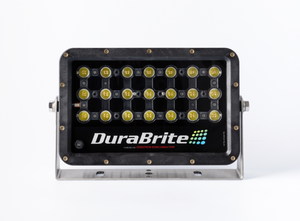
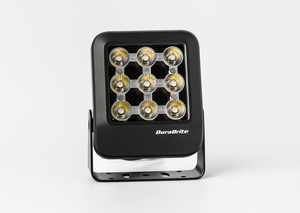





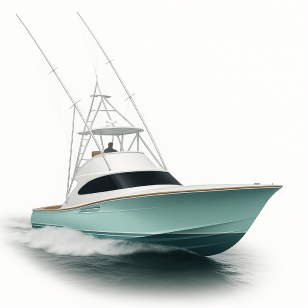
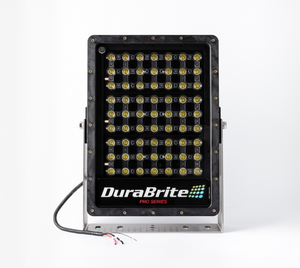


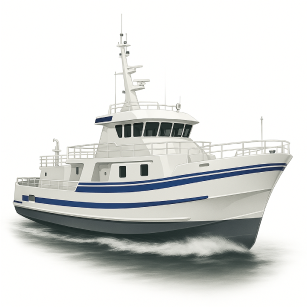
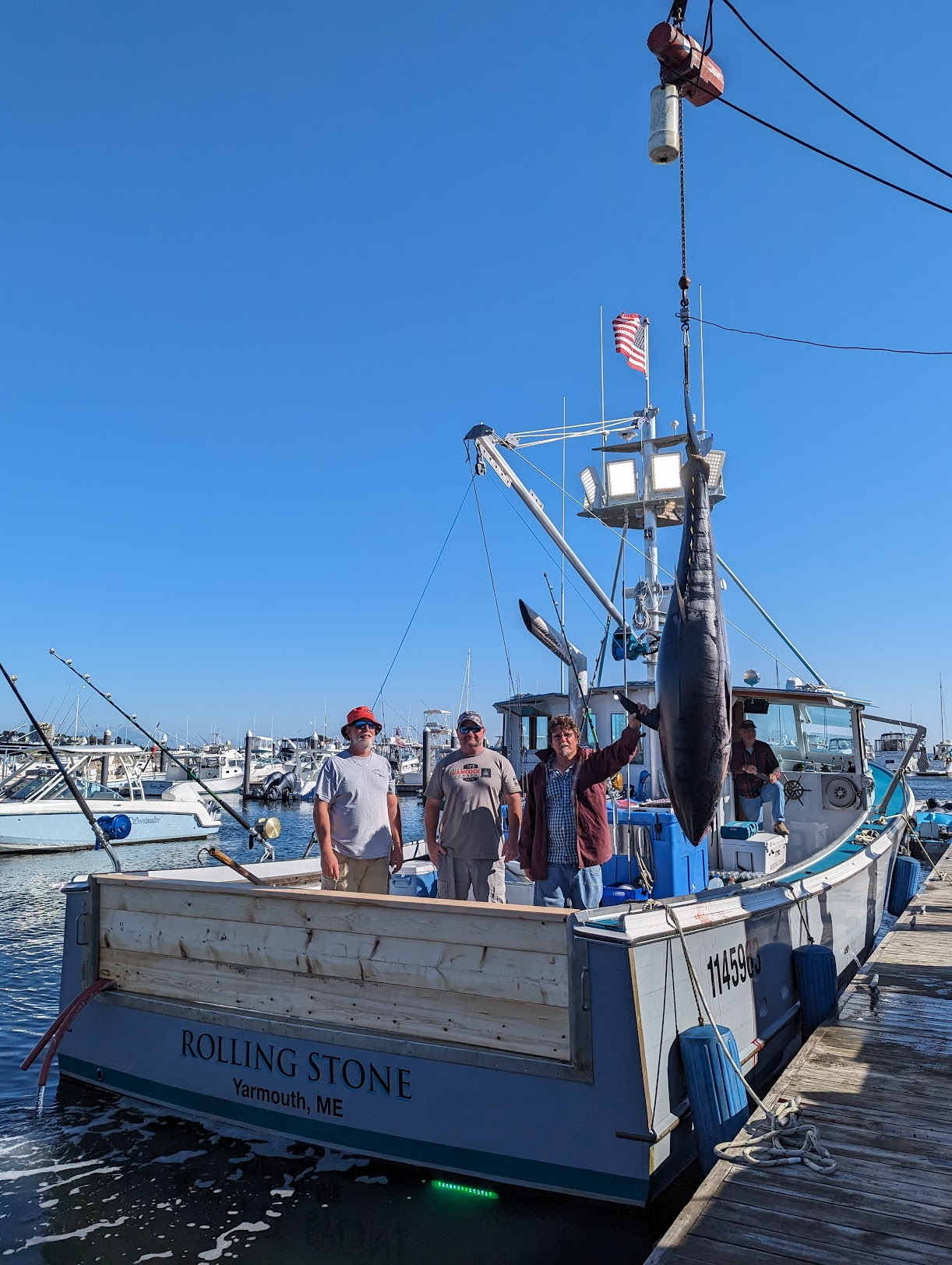
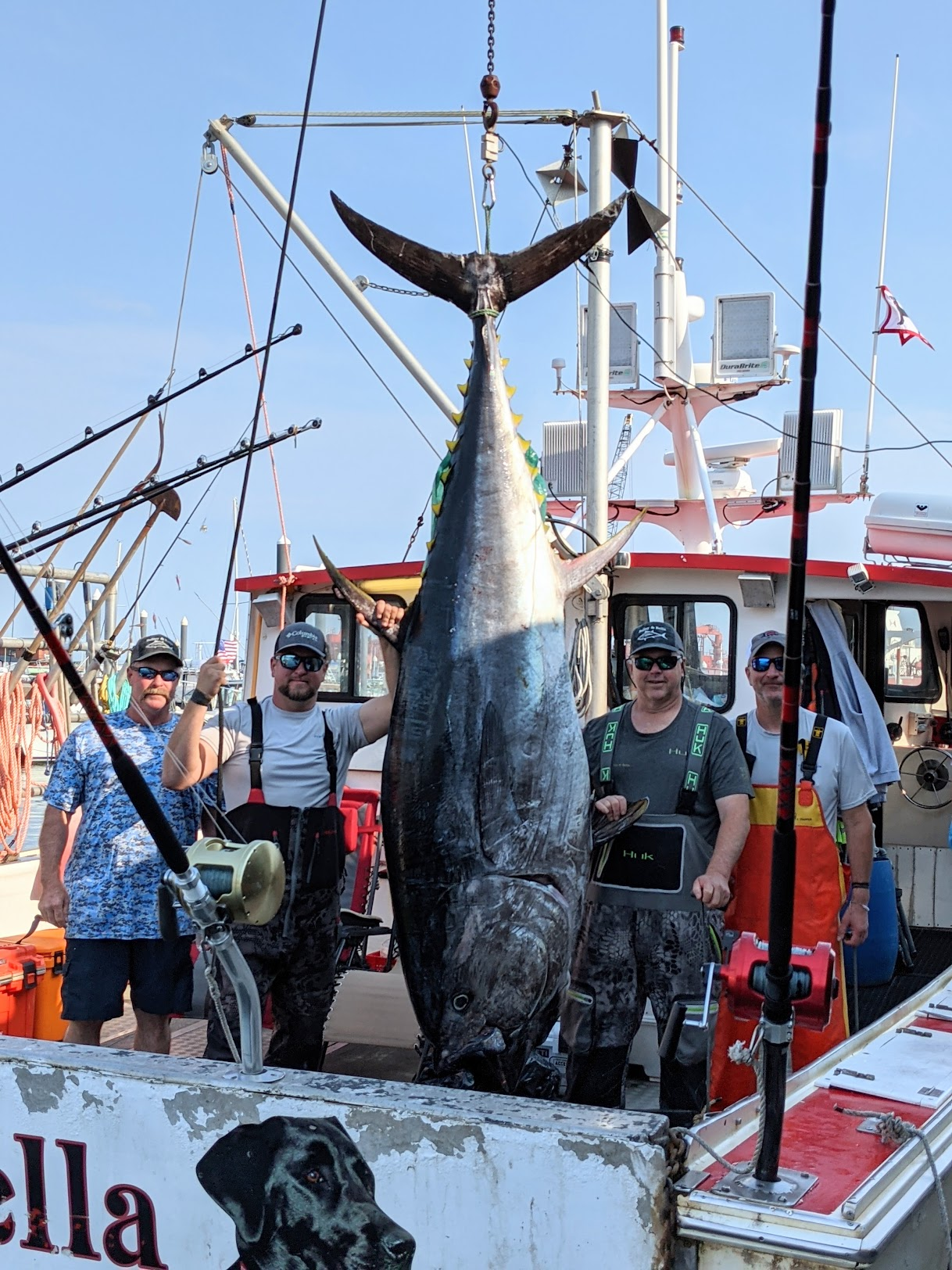


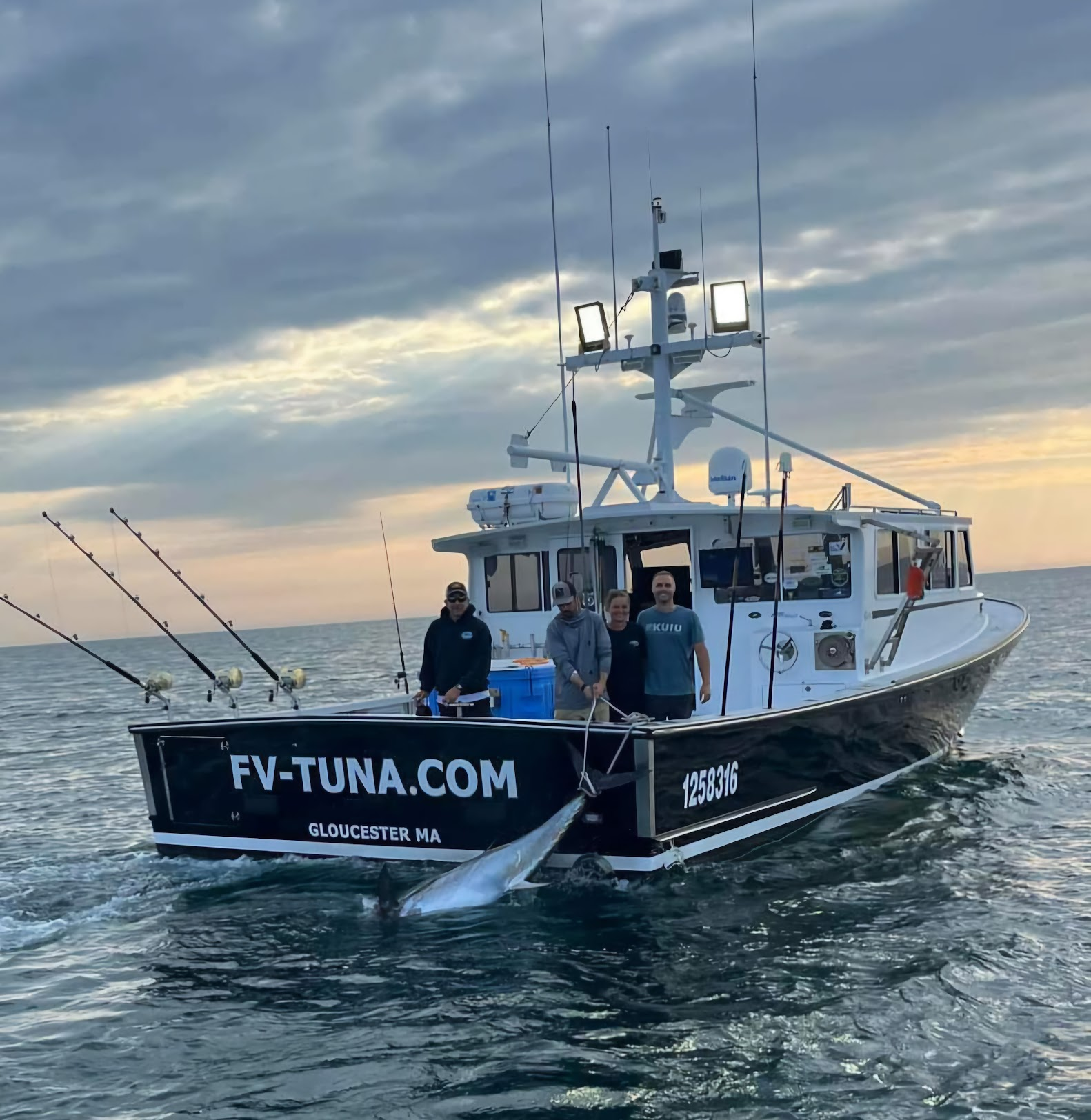
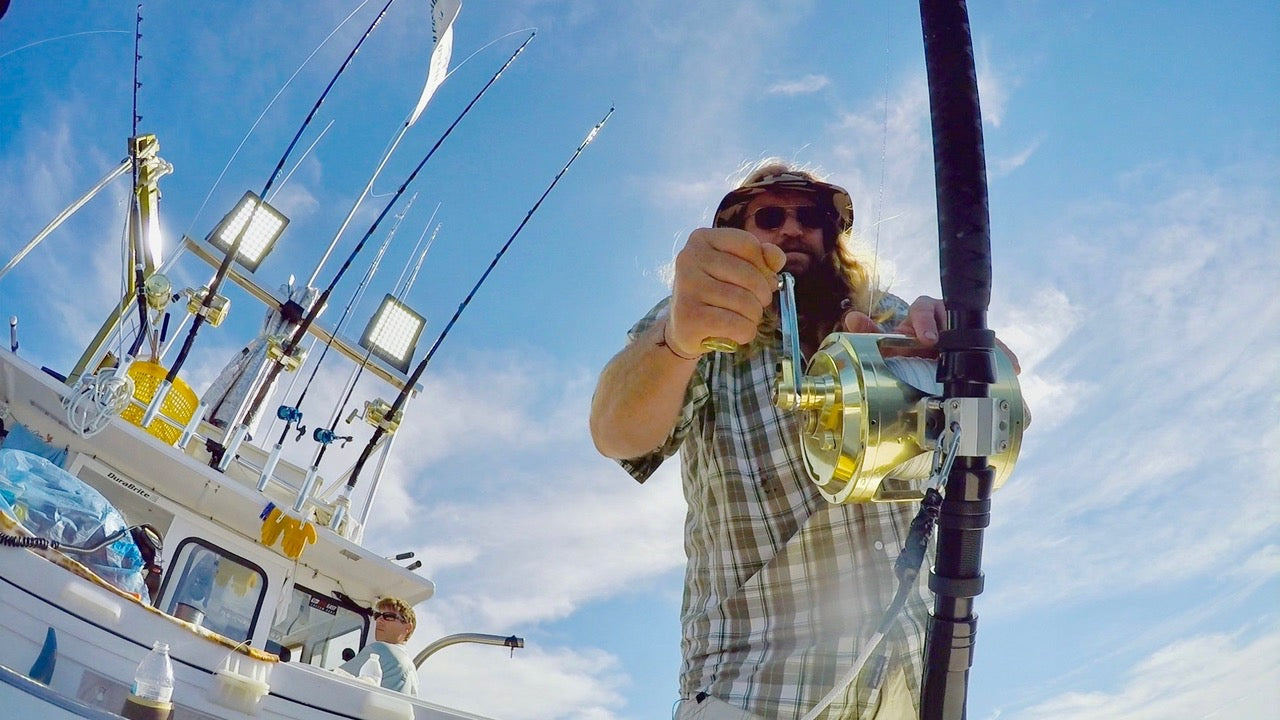
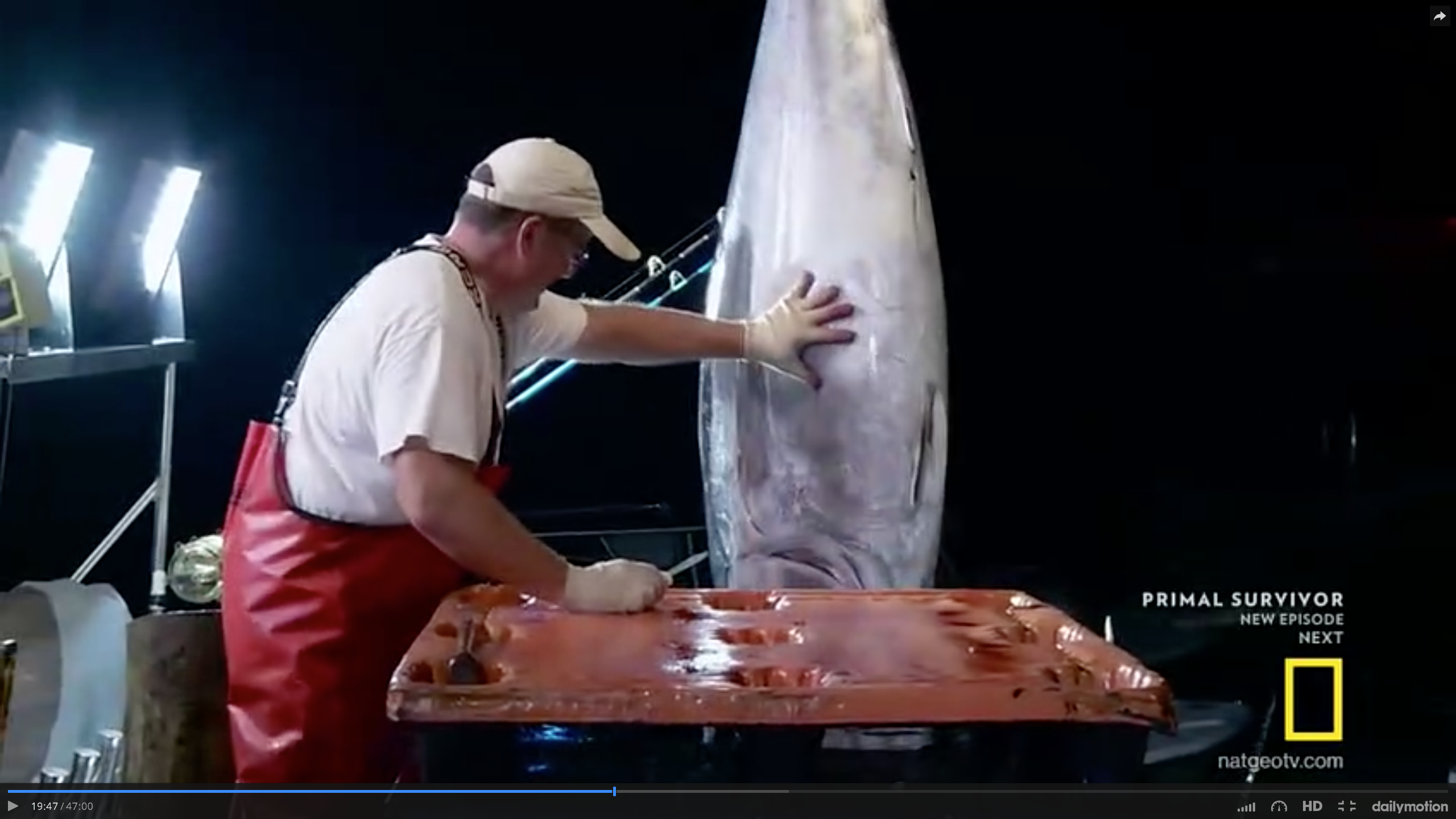
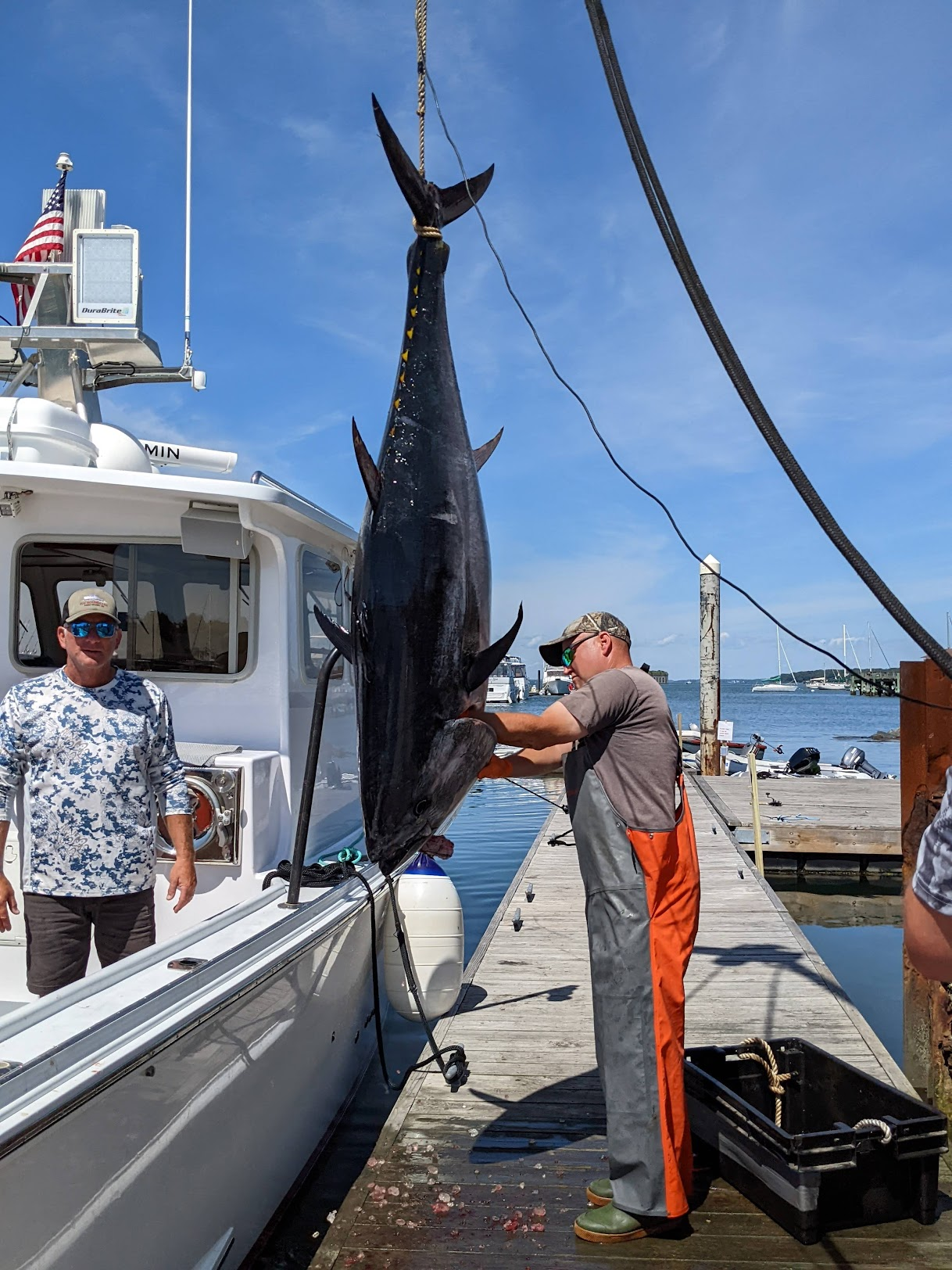
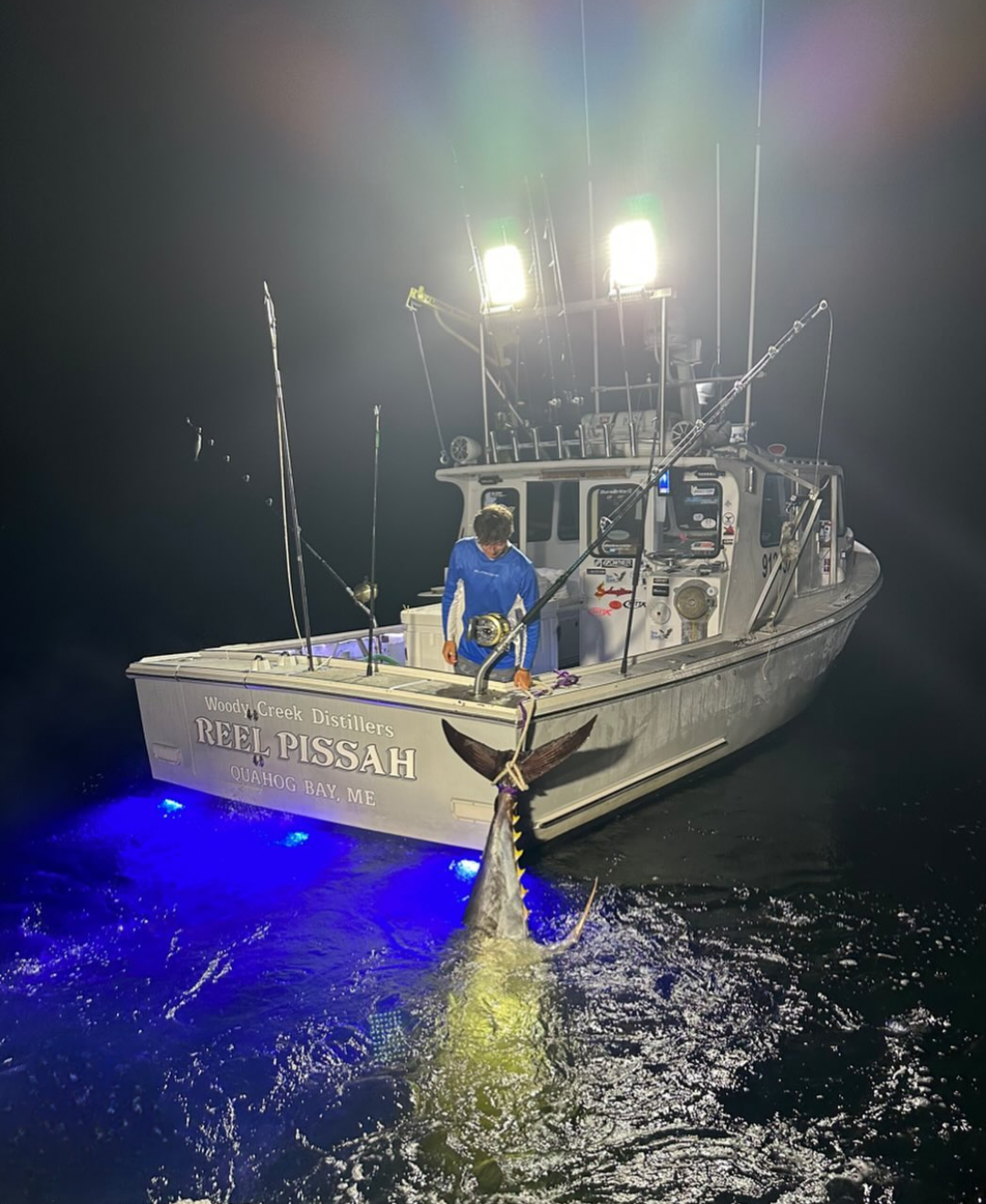
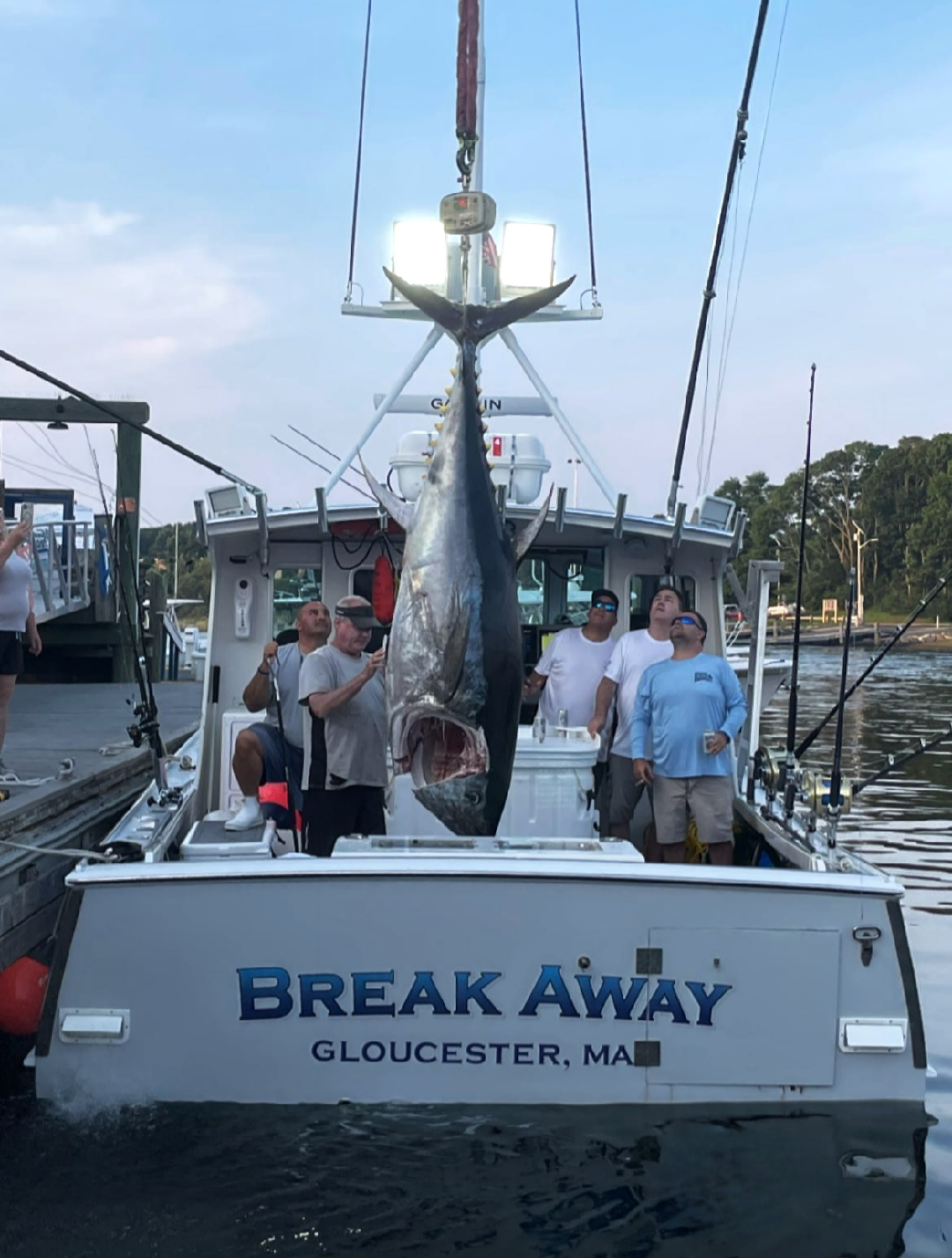 "
"
